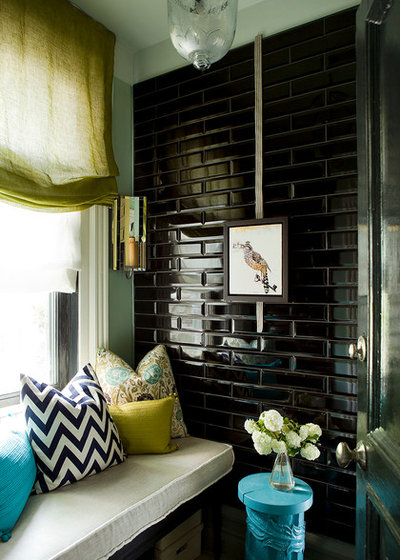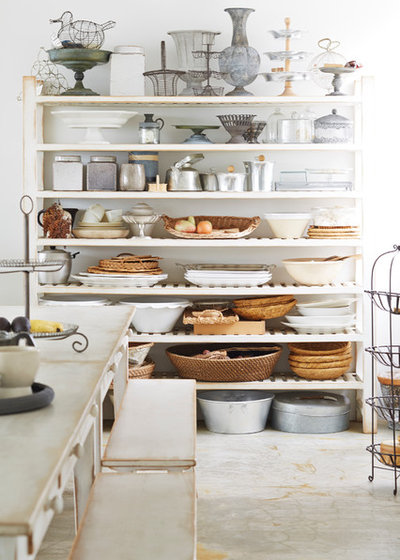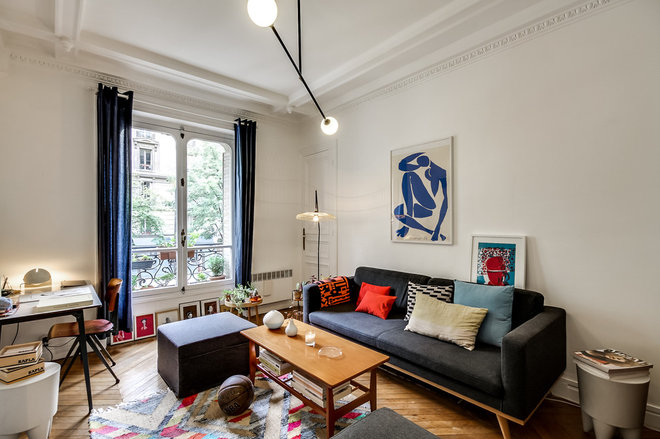It’s the most profitable time to sell a house since the Great Recession started in late 2007. But first-time buyers are increasingly scarce.
More Americans are qualifying for mortgages, yet minorities still get disproportionately rejected.
Three new industry analyses released Thursday show that the recovering economy has produced a divided U.S. housing market. Where people live, their age and the color of their skin have largely influenced who has benefited as real estate continues to heal from the bursting of a mortgage bubble that triggered the worst economic downturn in nearly 80 years.
Budding sales growth over the past year has overwhelmingly helped existing owners who are seeking an upgrade. But the millennials buying their first home are being priced out of the market because student debt has prevented them from saving. And a major gap exists among who qualifies for a mortgage even as the overall approval rate improves.
Seller’s market
Between July and September, sellers unloaded their homes for an average of $40,658 more than they paid for their properties, according to RealtyTrac, the California-based real estate information company. This was the largest profit recorded since the third quarter of 2007, although it remains below profits averaging in excess of $100,000 during the height of the boom in late 2005.
The financial gains might be enough to coax more people to list their properties for sale, ending a shortage of homes on the market.
The profits are “enough to say, yes, I can leverage this into moving up and buying a bigger home,” said Daren Blomquist, a vice president at RealtyTrac.
But not all markets are equal.
Sellers in San Francisco pocketed $463,505. Manhattanites reaped $385,909. Those in Washington, D.C. made $130,593, while sellers in Los Angeles came away with $115,573.
Meanwhile, housing in other major U.S. counties sold on average at a loss.
This includes the Chicago suburbs outside Cook County, with McHenry County sellers losing an average of $19,849. Sellers tended to unload properties for less than they paid in Baltimore, Cincinnati, Milwaukee and Tampa, Florida.
“In some cases, it may have to do with outlying areas that people were willing to buy into during the housing bubble,” Blomquist said. “They’re not close enough to jobs to make sense for buyers now.”
First-time troubles
Millennials, ages 18 to 34, face a less affordable housing market than their parents, forcing them to put off ownership.
The share of first-time homebuyers has fallen for the third consecutive year to its lowest level since 1987, according to a survey by the National Association of Realtors.
First-timers accounted for less than a third of sales that are expected to comfortably exceed 5 million this year. This group has traditionally represented 40 percent of sales.
The Realtors survey indicates that student loans and other debts have delayed down payment savings by a median of three years. A quarter of the first-time buyers identified saving for a down payment as their biggest challenge, with the majority of this group saying that education loans hurt their ability to set aside money.
This problem may only worsen as student debt burdens continue to expand.
College borrowers who graduated in 2014 finished on average with $28,950 in debt, a 31 percent increase over the past decade after adjusting for inflation, according to a report last week by The Institute for College Access and Success.
Mortgage approvals
It’s gotten easier to receive a mortgage, yet black and Hispanic homebuyers continue to lag substantially behind whites and Asians.
The mortgage rejection rate fell last year to 11.2 percent from 12.4 percent in 2013, according to Zillow, the real estate marketplace.
The rejection rate for blacks also fell over the past year, but it remains elevated at 23.5 percent. Just 2.5 percent of approvals for conventional mortgages went to blacks in 2014, even though they represent 12 percent of the U.S. population.
Hispanics face similar obstacles. They composed only 5.5 percent of mortgage approvals, despite being 17.3 percent of the population.
One of the issues is that home values in minority communities have been slower to rebound for the recession.
Zillow found that home prices in primarily white neighborhoods are 4.7 percent below their peak, compared to being 20.3 percent below in neighborhoods that are predominantly Hispanic neighborhoods and 16.7 percent in neighborhoods that are largely black.
read more…
http://www.djc.com/news/bu/12083383.html














